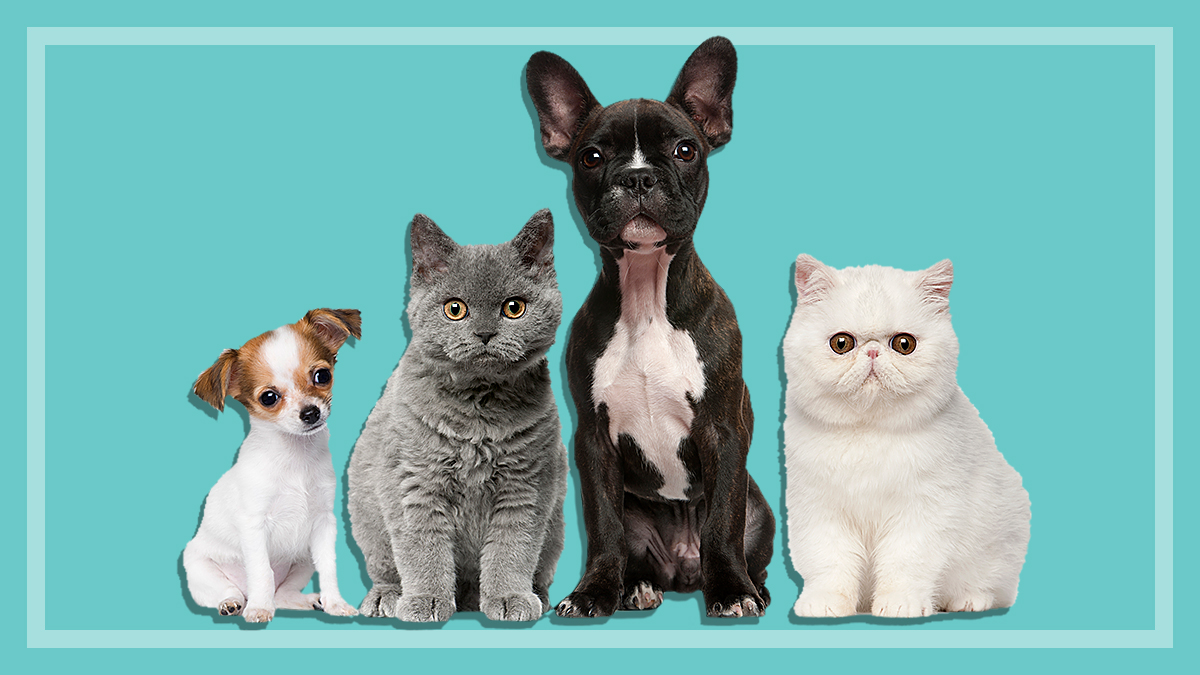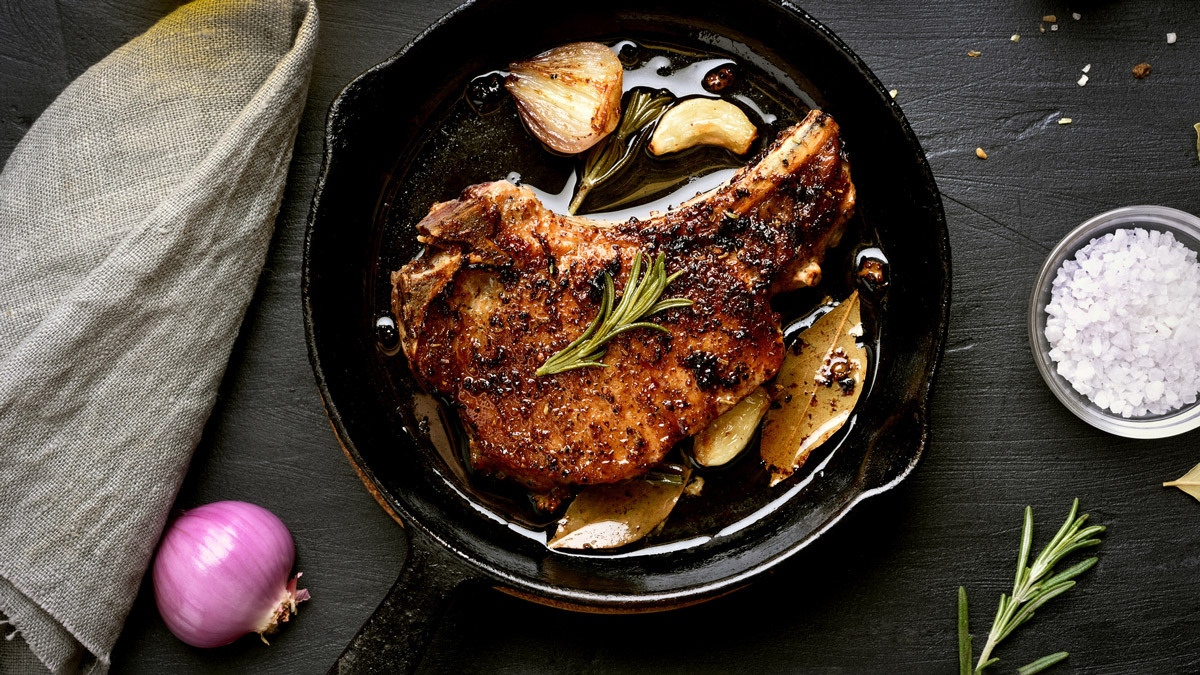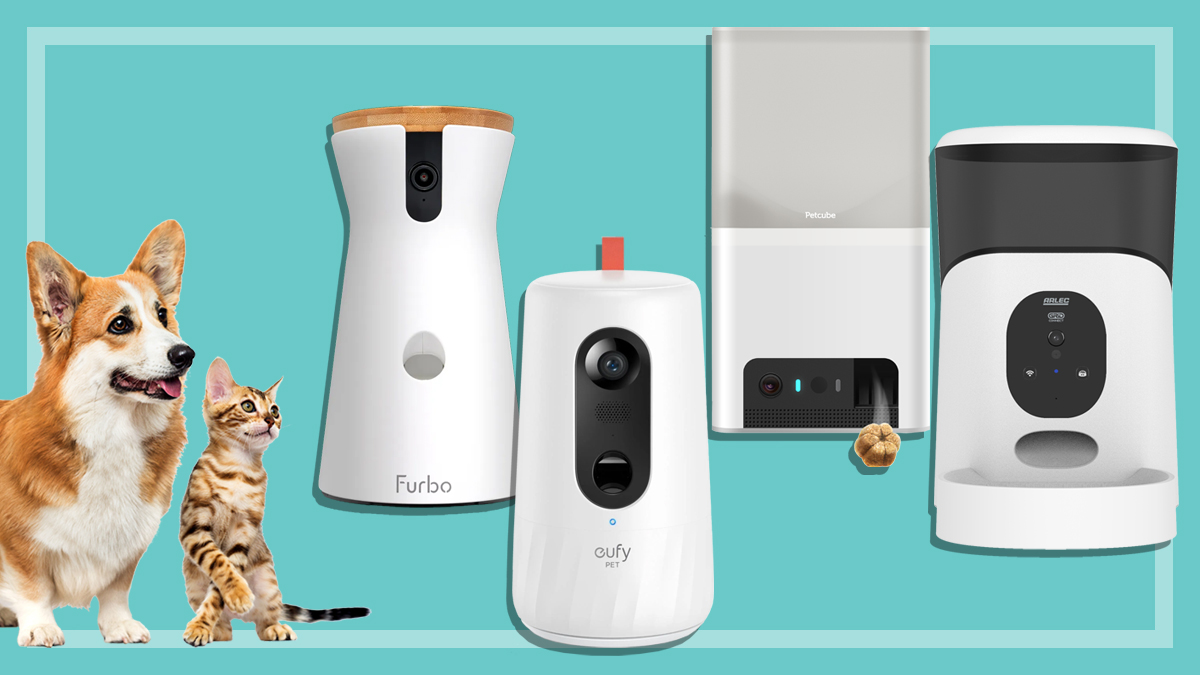Get our independent lab tests, expert reviews and honest advice.
Wet vs dry pet food for dogs and cats
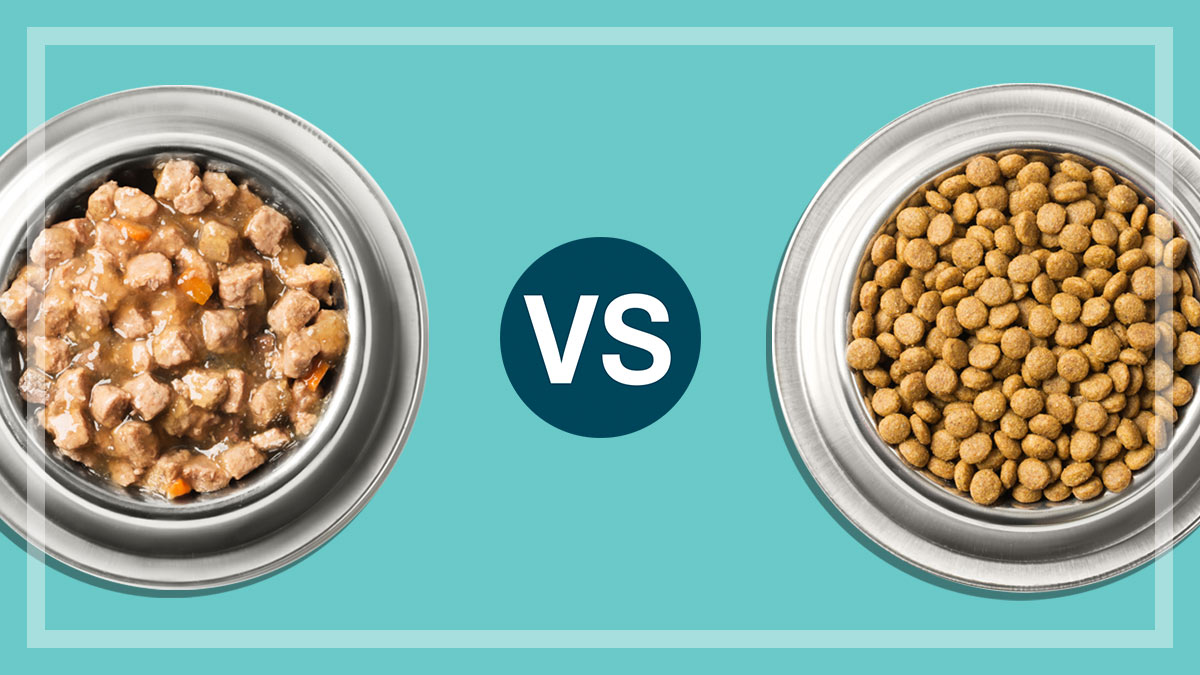
Need to know
- There are pros and cons to both, but the main difference between wet and dry food is simply its water content
- It's important that you buy pet food that's labelled as 'complete'
- Ultimately, your best resource is your pet's veterinarian
On this page:
- Which pet food is best – wet or dry?
- What's the difference between wet and dry pet food?
- What's semi-moist pet food?
- Pros and cons of wet pet food
- Pros and cons of dry pet food
- Preservatives in pet food
- What about raw pet food?
- What are the nutritional requirements for cats and dogs?
- Help us get safer pet food
For the uninitiated, buying dog or cat food isn’t as simple as you might think. There are a myriad of choices between brands, there’s premium vs basic, and options such as gluten-free and hypoallergenic.
One of the biggest decisions you’ll need to make as an owner is whether to feed your pet wet or dry pet food. But try to do some research online and it seems like everybody’s got a conflicting opinion.
Statistics from Retail World reveal that wet cat food is more popular than dry – with a market share of 12.6% compared to 6.2% respectively.
For dogs, the opposite is true, with dry dog food accounting for 22% of the market share compared to 18.2% for wet.
But is one better than the other?

Which pet food is best – wet or dry?
It’s not possible to say whether wet or dry pet food is best for your pet. It comes down to a number of individual considerations – budget, convenience, availability, your pet’s preferences and, in some cases, their health.
The most important thing is that you buy pet food that’s labelled as ‘complete’ instead of ‘complementary’, ‘intended for occasional or supplemental feeding’, a ‘treat’ or a ‘snack’.
‘Complete’ pet food provides all the nutrients your pet needs for a balanced diet while complementary or ‘treat’ foods contain only some of these essential nutrients and need to be supplemented for nutritional balance.
Ultimately, your best resource is your pet’s veterinarian who has expertise in animal nutrition and can advise you on the best option to suit your individual pet, taking into account their breed, age, activity, sex, health and overall wellbeing.
What’s the difference between wet and dry pet food?
While there may not be much nutritional difference between ‘complete’ wet and dry pet foods, the prevalence of one very important ingredient sets the two apart:
“Broadly generalising, the difference between wet and dry commercial foods is the water content,” Dr Julia Crawford, president of the Australian Veterinary Association (AVA), tells CHOICE.
While products vary significantly, in general, wet pet foods may contain between 60 and 87% water while dry pet foods will only contain 8–10% water, which is used to mix the ingredients to make a dough that is then cut and baked into pet biscuit shapes.
What’s semi-moist pet food?
This is a smaller category of pet food with a water content in-between wet and dry foods. Pet owners may choose this option for its convenience (products are often pre-portioned and ready to serve), because their pet is a picky eater or is able to digest it better than dried foods.
But semi-moist pet foods are often low in fibre and high in sugar and sodium. They’re also susceptible to mould and spoilage if not properly contained and refrigerated after opening, although they don’t usually require refrigeration before opening and enjoy a long shelf life.
These kind of products are not generally available as complete diets anymore and are usually now just used and recommended as treats
Dr Sarah Zito, RSPCA Australia
“Semi-moist foods generally contain between 15 and 30% moisture,” says Dr Sarah Zito, senior scientific officer at RSPCA Australia.
“The foods generally contain humectants and preservatives to prevent spoilage, often leading to them containing unhealthy levels of salt, sugar, and potentially harmful preservatives and artificial ingredients.”
Humectants are often added to semi-moist pet foods to retain moisture. One example, propylene glycol, is considered safe for dogs in small quantities, but there’s no safe amount for cats so it should be avoided.
Zito also warns that semi-moist foods may not provide your pet with complete or balanced nutrition.
“It’s my understanding that these kind of products are not generally available as complete diets anymore and are usually now just used and recommended as treats,” she says.
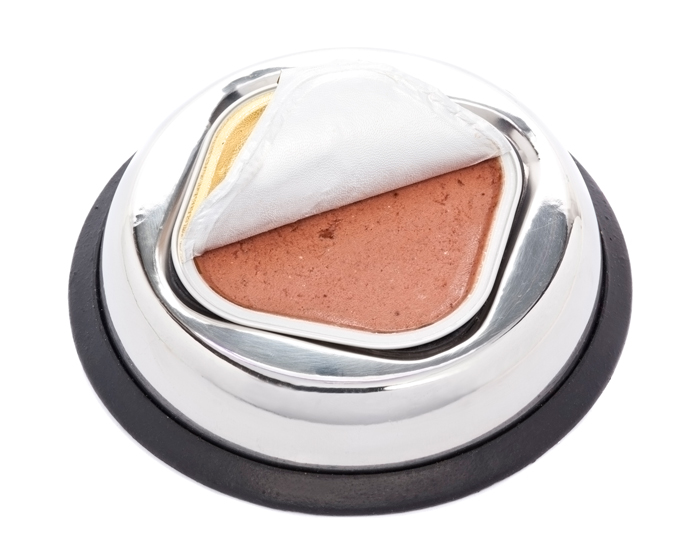
Pros and cons of wet pet food
Pros
Water content can change the palatability of pet food, making it more appetising or easier for some animals to consume.
“While it depends on the individual food and how it’s formulated, wet food does contain more water and can also be more palatable and make animals feel more satiated,” says Zito.
Wet pet food (canned food, pouches and rolls) also offers additional moisture for animals reluctant to drink an adequate amount of water each day.
“The higher water content in wet food can help ensure adequate water intake, particularly for cats as their natural diet of meat has a high water content and so they are adapted to meet much of their water requirement from their food,” says Zito.
Crawford says wet pet food may also be a much safer option for animals with health concerns. “Some animals will need the extra water in wet foods to alleviate health problems,” she says.
Zito agrees, adding that wet pet food “may also be preferred for animals that have trouble chewing or a sore mouth.”
Cons
Wet pet food requires different handling and storage techniques to ensure it remains fresh. Once opened, it has a short lifespan and must be covered and kept in the fridge to avoid spoilage and waste.
The water content also makes wet pet food heavier, so it’s produced and bought in smaller quantities.
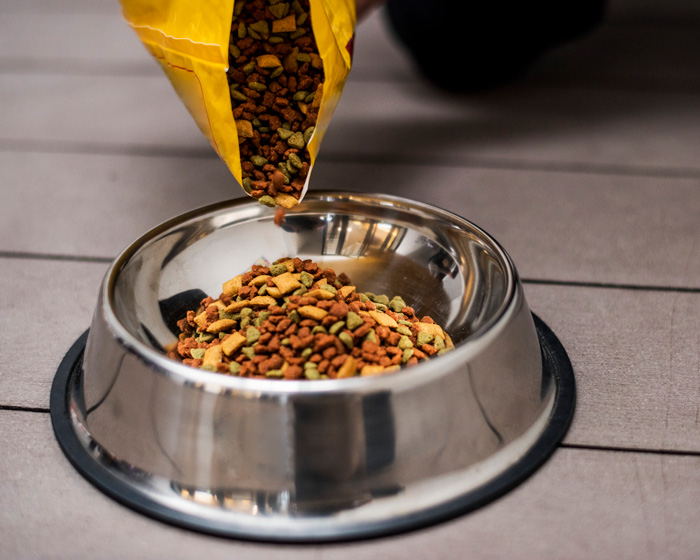
Pros and cons of dry pet food
Pros
Dry pet food can be a convenient option for pet owners as it can be bought in bulk, it lasts significantly longer than wet food, it can be stored easily and doesn’t require refrigeration. It can also be good for your pet’s dental hygiene – some dry foods are specially formulated and shaped to clean teeth as they’re chewed.
In addition, the RSPCA says good quality dry foods tend to have more kilojoules and higher protein per unit than wet food, suggesting that you can feed your pet less due to the high calorie count.
However, Zito stresses that “the required quantity depends on the individual food and how it’s formulated. The guidelines for the individual product should be followed.”
Cons
Even though dry pet food will last longer than wet food, to ensure the product maintains its quality and flavour, it still needs to be stored appropriately and used within the specified time frame listed on its packaging.
Store dry food in airtight containers to avoid exposure to air and humidity, which can speed up degradation and increase the risk of bacterial contamination and mould.
And while all animals need access to fresh water, if your pet eats a predominantly dry food diet you’ll need to ensure they have ready access to water as they’ll drink more.
Preservatives in pet food
Commercial pet food can contain preservatives such as sulphur dioxide, sulphite or potassium sulphites, which can cause thiamine (vitamin B1) deficiency that can result in severe neurological symptoms and be fatal for your pet.
Sodium benzoate (E211) is another preservative used in a range of pet food products that, at certain doses, may be toxic to cats.
The voluntary Australian Standard for Manufacturing and Marketing of Pet Food (AS5812-2017) addresses these concerns by including a requirement that any manufactured pet food product containing sulphur dioxide, sulphite or potassium sulphites must contain sufficient thiamine to help prevent thiamine deficiency.
While there’s currently no legal requirement for Australian pet food manufacturers to label products containing these preservatives, the RSPCA recommends that pet owners always select high quality premium commercial foods that comply with the Australian Standard.
Case study: “Canned food just doesn’t agree with Hank”

Hank is a two-and-a-half year old French bulldog who’s absolutely adored by his humans, Lizy and Markus.
“Hank is a major part of our family and, to be honest, he’s like our other child,” Lizy says. “We absolutely adore him and couldn’t be luckier to have such a sweetheart in our home.”
Hank suffers from seizures and allergies, which means his owners need to be very careful about what they feed him.
“With canned foods, he barfs and gets the runs so we avoid giving it to him,” Lizy says. “It is not worth his health to even attempt to give him something like this as it just doesn’t agree with him.”
Working out what type of pet food was best for Hank wasn’t easy, Lizy recalls.
“We basically got a whole lot of different pet food brands to see what he did and didn’t respond well to,” she says.
“We eventually worked out we had to feed him soft foods that are all natural with organic ingredients.”
Another major concern for Lizy and Markus is Hank’s tendency to choke, which has meant ruling out dry pet foods completely.
“He has a soft palate, which is a trait of his breed, mixed with allergies and epileptic seizures. Hank was eating dry dog food one day and some got stuck in his throat, which resulted in choking that brought on a seizure,” Lizy explains.
“We were able to pull the biscuit out, which allowed him to breath, but it was one of the scariest experiences ever and that’s why we’re so overprotective now with his food … we don’t like to take chances.”
Lizy feels confident they’ve now worked out the best diet for Hank and that he’s getting all the nutrients he needs.
“He is happy, has a healthy coat, eyes and teeth and I believe he is getting all his adequate nutritional needs met,” she says. “If he wasn’t at his best, our vet would most definitely pull us up on it.”
What about raw pet food?
Feeding cats and dogs raw pet food has become more common in recent years, with some pet owners espousing its virtues and benefits to their pets. But there’s currently little-to-no scientific evidence to back up the claims that a raw diet is actually any better for them.
“There are people who are passionate about raw diets for pets, and there are people who are equally passionate against it,” says Crawford.
“My concern is related to bacterial contamination of raw foods that have not been cooked or prepared properly.”
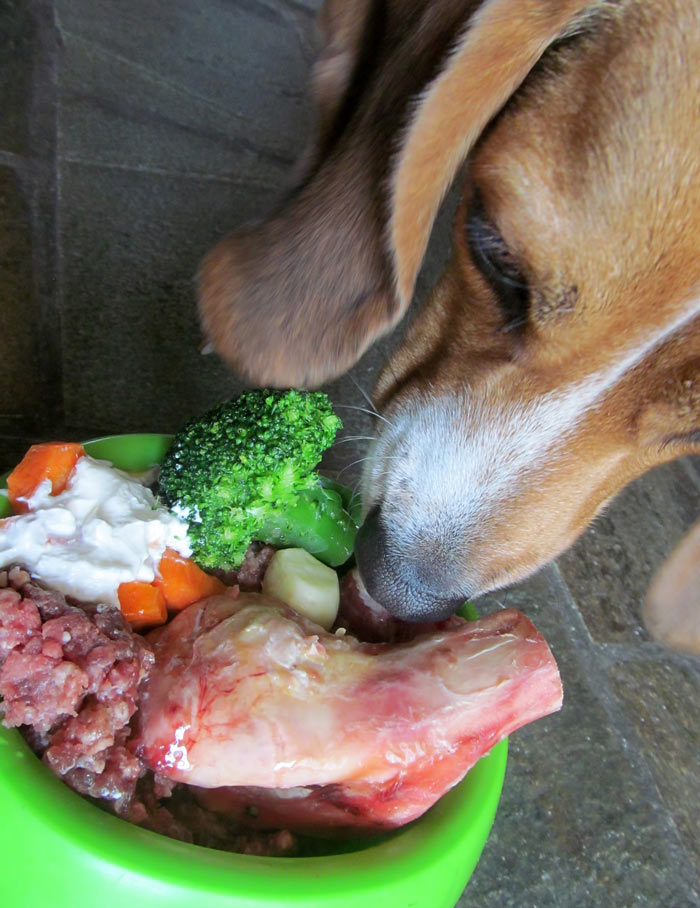
In fact, a recent scientific study found high levels of potentially harmful bacteria in raw meat intended for consumption by pets.
The Swedish study tested samples from 60 commercially available raw meat dog food products from 10 manufacturers, available in Sweden, for bacteria such as E. coli, Salmonella and Campylobacter. Researchers found all 60 samples were contaminated with enterobacteriaceae bacteria, the family to which E. coli belongs, and half of these samples exceeded the Swedish guidelines.
There are people who are passionate about raw diets for pets, and there are people who are equally passionate against it
However, the authors note that exceeding the limit for these bacteria doesn’t mean that the food is necessarily harmful to pets, and they didn’t test to see if the E. Coli strains isolated were pathogenic. The concern they raised was that dogs who eat these foods may pass on antimicrobial-resistant bacteria to their owners, posing a risk to human health.
Many of the bacteria they found are naturally present in the digestive tracts of the animals used to make pet food and, as these products are often made with offal and not cooked or sterilised, the bacteria remains. They recommend maintaining good hygiene when storing, handling and feeding raw meat foods to limit health risks to both owners and their pets.
In Australia, it’s not a legal requirement for pet meat to undergo bacterial testing so we currently don’t know if our raw pet foods contain high levels of bacteria. However, the RSPCA recommends that if you serve your pet raw meat that you use human-grade raw meat to avoid the potentially dangerous bacteria in untested pet meats. It’s worth keeping in mind though, that products for human consumption may not be a complete food for your pet.
What are the nutritional requirements for cats and dogs?
It can vary widely, and will be dependent on the size, breed and age of your pet.
“Cats and dogs have some fundamental differences in what and how they can metabolise and utilise different food sources that mean they have different nutritional requirements,” says Zito.
“Cats have evolved as obligate carnivores, which means they not only eat meat but have become dependent on a meat diet and can’t be healthy or survive without meat in their diet.”
But Zito says cats need more than just meat.
“Naturally they’d eat the whole prey including the meat, organs and bones so a diet of meat only would be deficient in certain important components, for example calcium,” she says.
“Cats don’t possess the special enzymes and metabolic pathways that other animals do to digest and convert plant nutrients, and therefore can’t utilise plant-based foods in the same way that dogs can.”
Even though dogs are largely carnivores, Zito says they’ll also eat plant-based foods to provide them with the nutrition they need.
While cats and dogs have different nutritional needs, what they share is a need for a healthy, balanced diet containing proteins, fats and carbohydrates to produce all the essential vitamins and minerals they need for a happy and healthy life.
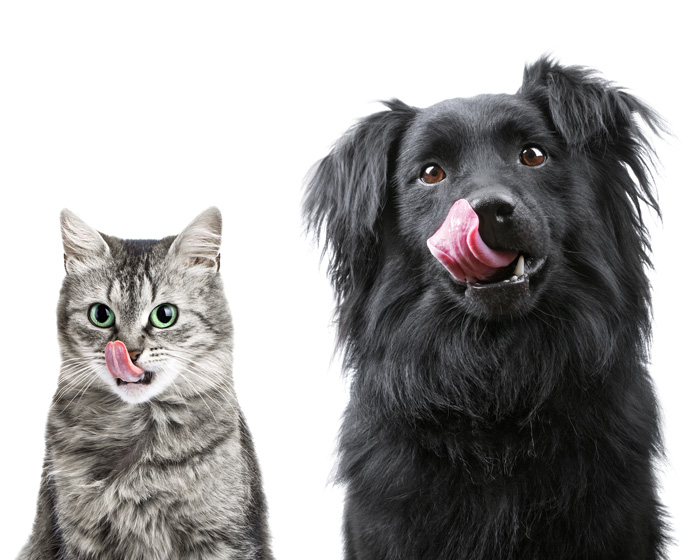
Protein
Protein is essential for nutritional balance in our pets. Dogs need protein for cell growth, body maintenance and muscle repair.
Cats need more protein than dogs and protein is especially important for growing kittens and nursing cats.
Cats also need the amino acid taurine, which is important for reproduction, vision and their hearts, as they can’t manufacture it themselves. In pet food, taurine is found naturally in animal-based protein ingredients but is also added separately to complete cat foods.
Fats
Fats are what give our furry friends most of their energy and come from animal fats and plant seed oils. These provide essential fatty acids such as omega-3s, which they need for healthy skin and fur, the production of certain hormones, body insulation and vitamin absorption.
Carbohydrates
Carbohydrates are an important nutrient for dogs, although there’s no known minimum amount required.
Cats, who are obligate carnivores, are unable to cope with high levels of carbohydrates so should stick to a diet higher in protein and low in carbohydrate.
It’s also worth noting that feeding dogs certain vegetables as part of a grain-free diet is an emerging concern in the US. Heart failure in dogs has been linked to certain ‘grain-free’ pet foods that contain peas, lentils, other legume seeds (pulses), and/or potatoes.
Vitamins and minerals
Vitamins and minerals in your pet’s diet are essential to ensure they remain healthy. Pets need calcium and phosphorous for strong bones, and during times of stress antioxidant vitamins like vitamins E and C help boost your pet’s immune system.
There are some vitamins and minerals that dogs and cats need to get from their diet as their bodies are unable to produce them. Each species has its own nutritional needs, as does each individual animal, and this will vary by life stage, health and activity level.
Can I feed my dog cat food?
No, pet owners shouldn’t serve cat food to dogs or vice-versa.
“Cat and dog dietary requirements are very specific and different so their diets are not suitable for the other species,” says Zito.
“The basis of a cat or dog’s diet should be a high-quality and balanced premium commercial species-appropriate food, formulated using sound scientific evidence that is appropriate for their life stage – kitten or puppy, adolescent, adult, pregnant, senior – and health status.”
If in doubt, talk to your vet
Crawford says your veterinarian is the best person to go to for advice on ensuring your pet is eating a balanced diet, and that your pet’s nutrition should be discussed at every consultation.
“Every animal is an individual and veterinarians are trained in animal nutrition,” she says.
“Individual animals with special needs will need very specific diets and your vet can help you with that. There’s been a great deal of research internationally around animal nutrition so if your pet has a particular medical condition, your vet can suggest a specific diet that will help.”
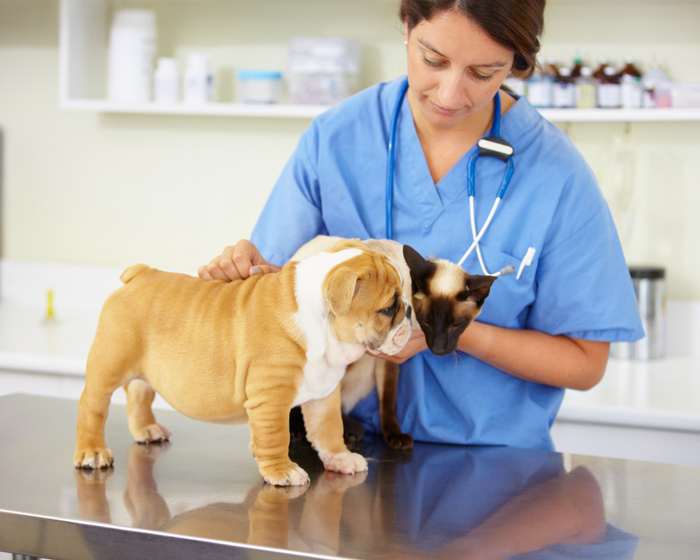
Vet-recommended pet foods
Veterinarians often sell specific premium and speciality brands of pet foods at their clinics throughout Australia, which can be a ready convenience for pet owners.
But are vet-stocked and recommended pet foods the best nutritional options for our pets – or are vets financially incentivised by manufacturers to promote and sell certain brands in their clinics?
Pet food is big business in Australia. Of the estimated $12.2 billion Australian households spent on pet products in 2016, more than a third was on pet food (35%). And your vet’s pet food recommendation is certainly an excellent approach to adding validity and selling to a product.
We asked Dr Crawford about the AVA’s stance on the issue (an association, it’s worth noting, that receives about a third of its revenue from sponsorships from the pet care industry – including pet food makers).
Crawford assured us that veterinarians always act in the best interests of the animals and decide on which pet food brands to stock and recommend based entirely on their expertise in nutrition.
“Each vet makes educated choices,” she says. “It’s based on the quality of the product and their understanding of the ingredients and manufacture.”
Each vet makes educated choices … based on the quality of the product and their understanding of the ingredients and manufacture
Dr Julia Crawford
Additionally, Crawford says most of the pet food products that vets sell directly aren’t exclusive to veterinarians and pet owners can shop around for the best price.
“I wouldn’t say they are necessarily limited to vets as often these brands are also available online,” she says.
Crawford says in general the scientific research behind vet-recommended products is extensive. “A tremendous amount of research is involved and when you buy premium, high-quality products, you get what we pay for … especially with the vet-only lines because they’re for specific conditions.
“There’s diets for liver problems, kidney problems and heart problems. There’s diets that will limit the nutrients that could lead to cancer … and our pets will live longer, healthier lives as a result.”
Help us get safer pet food
Prepared wet and dry pet food and packaged raw meat are covered by the Australian Standard for the Manufacturing and Marketing of Pet Food, AS 5812:2017. But the standard is voluntary, so there’s no regulator or mandatory recall system in place should something go wrong.
So far in 2019, there have been two significant pet food recalls: Hill’s Pet Nutrition globally recalled their canned dog food because it carried potentially toxic levels of vitamin D and Mars Petcare’s popular MyDog brand was found to potentially contain plastic.
But in the absence of government regulation, there’s no guarantee that further instances of unsafe pet food would be recalled instead of, say, quietly withdrawn from sale.
While we do have good standards here in Australia… compliance is encouraged but not mandatory
Dr Julia Crawford
“While we do have good standards here in Australia, and a lot of Australian companies comply with the Australian Standards, compliance is encouraged but not mandatory and the industry is self-regulated,” Crawford explains.
Last year’s Senate inquiry into pet food regulation is promising to change all that by demanding a higher level of scrutiny and quality control be put in place to protect our pets from contamination in commercial pet foods.
The inquiry demanded that the voluntary standards be made mandatory and publicly accessible, that a national pet food manufacturing and safety policy framework be established and that the ACCC create a consumer reporting mechanism and improved recall systems.
We support the introduction of pet food regulation to help keep our pets safe.
“We all want to trust that the food that we feed our pets is safe. This should be the same for wet or dry food, premium or not,” says Dean Price, senior campaigns and policy adviser.
“Pet food regulation needs to be stronger. We’ve called for an independent pet food regulator, a mandatory standard and reliable recall processes for when things go wrong.”
If you think something is wrong with your pet food, read our article on pet food regulation to find out how you can report your concerns.
To keep up-to-date on pet food recall information, visit the ACCC’s Product Safety Australia website, the Food Standards Australia website, or your local retailer.

